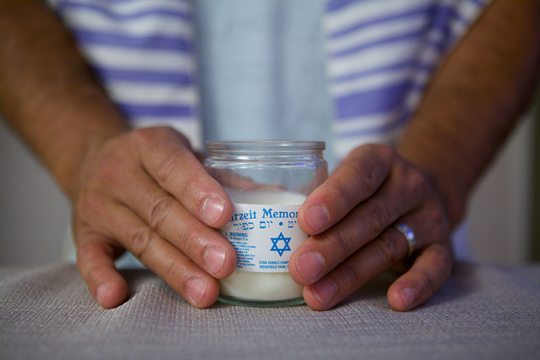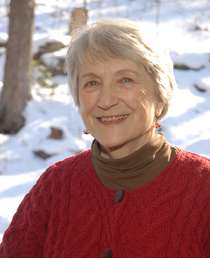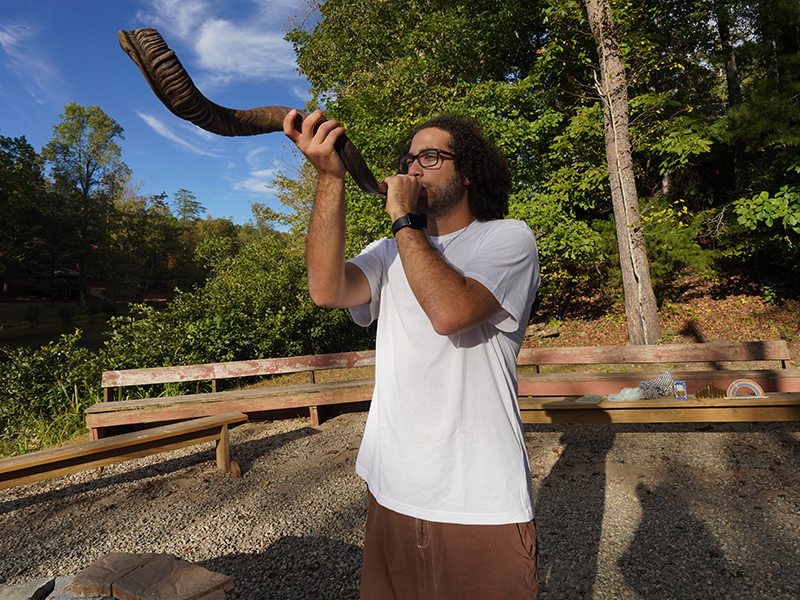
In Notorious RBG: The Life and Times of Ruth Bader Ginsburg, a lively look at the life of Ruth Bader Ginsburg, co-authors Shana Knizhnik, a law student, and Irin Carmon, a reporter for MSNBC, mix chatty stories, photographs, charts, letters, and cartoons with legal decisions to illustrate the illustrious career of the first Jewish woman Supreme Court justice.
We usually don’t think of the deliberate, disciplined octogenarian jurist as “notorious,” so what induced the authors to use that description in the title?
In 2013, when the Supreme Court’s majority struck down most of the Voting Rights Act in Shelby County v. Holder, Ginsburg went public with her scathing dissent. In response, Ankur Mandhania, a young attorney, posted a comment on Facebook likening Ginsburg to Notorious B.I.G., the murdered rapper. That reference, in turn, inspired Knizhnik to create a Tumblr blog for Ginsburg fans, which became the basis of Notorious RBG.
Ruth Bader was born in Brooklyn in 1933 to Jewish parents, and was confirmed at the East Midwood Jewish Center. The day before Ruth graduated from James Madison High School, her beloved mother died of cancer. Ruth resented being excluded from the all-male shiva minyan of mourners. “It took her a long time to see herself in the faith,” write the authors, who make no attempt to link RBG’s values to her Jewish identity, even ignoring the fact that the Hebrew words from Deuteronomy 16:18, Tzedek, tzedek tirdof (Justice, justice you shall pursue) adorn the wall of her chambers.
At Cornell, Ruth joined the Jewish sorority, Alpha Epsilon Phi, and majored in government. But she knew she wanted to become a lawyer when she understood that lawyers were defending Cornell Professor Marcus Singer, who had been stripped of his teaching duties after being hauled before McCarthy’s Subcommittee on Un-American Activities. A career in law, she decided, would enable her to “do something for your society.”
In1954, Ruth married Marty Ginsburg, a Cornell graduate who had just started at Harvard Law School. The wedding took place in the Bader living room in the presence of 18 people, to symbolize “life” – chai – in Jewish tradition.
Marty, who had been in the Reserve Officers’ Training Corps at Cornell, was posted for two years at Fort Sill in Oklahoma, where Ruth gave birth to a daughter, Jane. In 1956, she and Marty were both back at Harvard – Ruth as one of nine women in a class of 500.
Diagnosed with cancer, Marty was able to graduate with Ruth’s help. When he landed a job in New York as a tax attorney, Ruth transferred to Columbia School of Law, where she graduated at the top of her class. But she struggled to find a job, until finally asked to clerk for federal judge Edmund L. Palmieri of the Southern District of New York, where she spent the next two years.
Invited to write a book about Swedish civil law, Ruth spent an eye-opening year in Sweden, where abortion was legal and women were in the work force in much greater numbers than in the U.S.
For the next 15 years, Ruth taught at Rutgers and Columbia and worked for the American Civil Liberties Union, where she co-founded the Women’s Rights Project and published the first casebook on sex-based discrimination. As an ACLU attorney, she brought several important cases before the U.S. Supreme Court, chipping away at laws that treated women and men differently in receiving social security benefits, allowed job discrimination against pregnant women, permitted the forced sterilization of black women, and allowed women the option of being on juries, which implied second-class citizenship.
In 1980, despite concerns about her ACLU and feminist background, President Jimmy Carter nominated the attorney to the United States Court of Appeals for the District of Columbia Circuit. In that role, she soon became known for her legal caution, collegiality, and willingness to compromise. In 1993, President Bill Clinton nominated Ginsburg to the Supreme Court, a position she still holds today at age 83.
Notorious RBG focuses largely on Ginsburg’s arguments and legal decisions concerning women’s rights, though she has written both majority and dissenting opinions on a wide array of cases. As the Court has moved to the right, her dissents have become more frequent and outspoken. For example, she offered a searing dissent in Bush v. Gore, the Supreme Court’s intervention in the contested election of George W. Bush in 2000.
Though the book’s non-chronological treatment makes Ginsburg’s career sometimes difficult to follow, no reader will doubt that this brilliant lawyer and Supreme Court justice has been steady, forceful, and determined in her efforts to improve the legal system and live up to her mission to “do something for your society.”
Related Posts

Embracing Jewish Tradition to Process Trauma and Grief

Resources for Marking the Anniversary of October 7th


